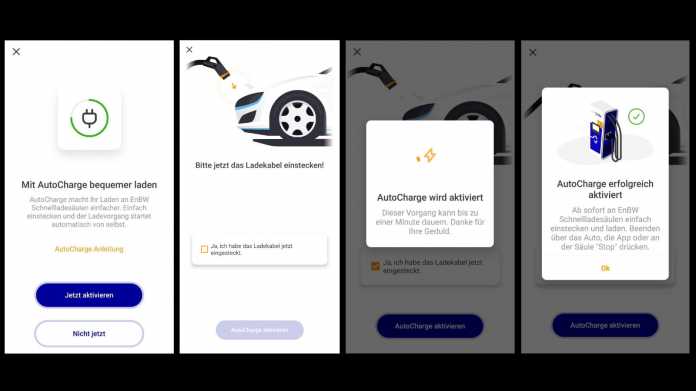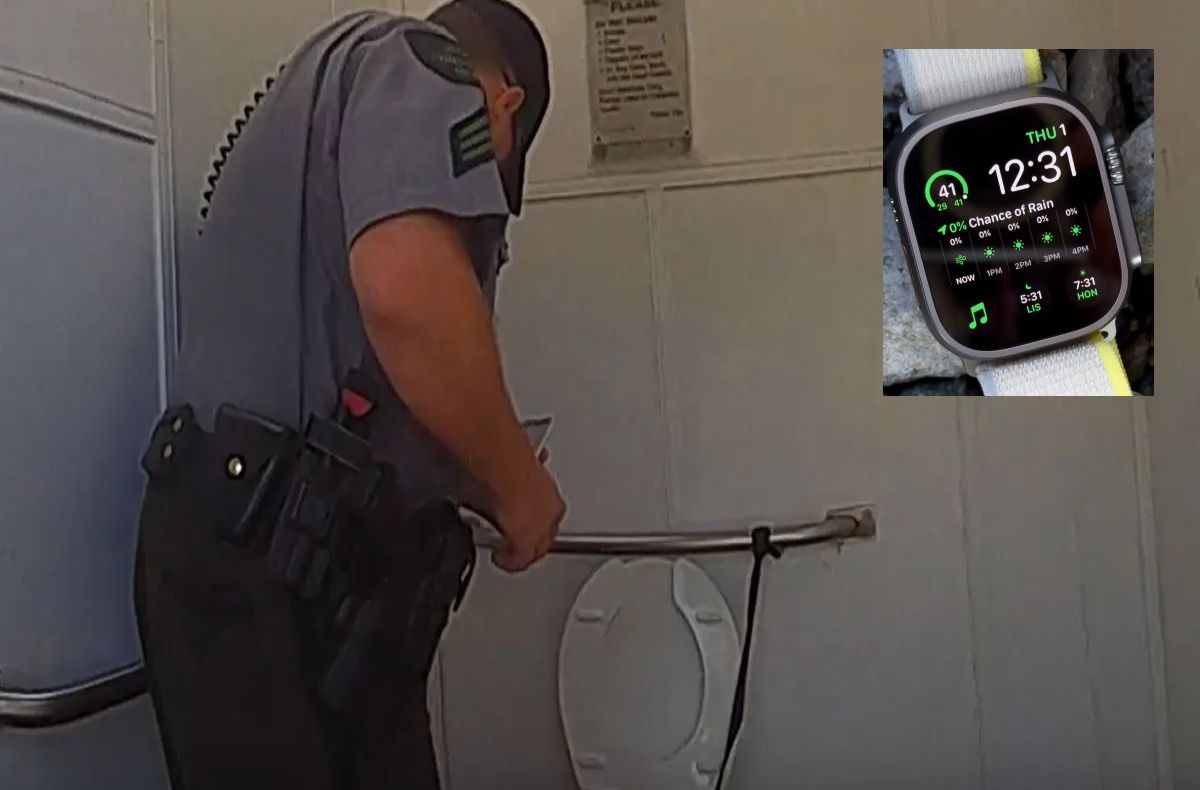Convenience is the biggest driver of progress of all. That’s why Tesla solved the charging process from the start in such a way that cars were identified by a unique number when they were plugged in. With “Plug & Charge” (PnC) according to ISO 15118, there is now a system in some new cars and charging stations that offers the same function with encrypted authentication. That would be good news if the squabbling between car manufacturers, charging rate providers and infrastructure operators didn’t cause significant initial difficulties. There are still few PnC-enabled cars, even among new cars it is less than half. At the same time, car manufacturers use their position to pre-install their own charging tariff and save themselves the effort of having certificates from other providers in the control units.
Voices from the large charging network operator
“If we get non-discriminatory access that is free from competition law, we’ll be part of PnC immediately,” says Stefan Scheubner, product manager for fast charging infrastructure at EnBW. “But the roll-out of PnC is taking too long for us overall.” In the frustrating situation of making charging even easier with the most convenient method possible, an initiative by the Dutch charging network operator Fastned came in very handy: First of all, let’s do it as simply as Tesla did.
Fastned took the first part of the charging handshake, which has been specified for a long time anyway and will not change for ISO 15118 either: after it is plugged in, the trolley transmits a number that the customer can transfer to their billing app via the app in order to use it for billing in the future to be able to This was soon just as possible with the “EnBW mobility+” app, and it is even possible to use the EnBW contract in Fastned’s autocharge procedure, namely via the contract selection in the Fastned app. As with the charging cards, roaming is also conceivable in the longer term. Another advantage of such a simple solution: The implementation of the feature was correspondingly fast and cost-efficient. “In addition, the standard here is clearly defined, fair for all market roles and there is no need for years of coordination rounds between the parties involved,” adds Benedikt Kriewitz, Head of Data Chapter eMobility at EnBW. “In theory, any vehicle on the market today can support Autocharge unless the manufacturer actively prevents it. We advocate that this should be a driver’s choice, not a manufacturer’s.”

The Dutch provider Fastned was the first to come up with the idea of a simple autocharge.
(Image: Clemens Gleich)
The unlocking process
Autocharge users must first select their vehicle by model in the EnBW mobility+ app. The EnBW database reports which models can load in this way. For Autocharge to work, the ID number must be unique. However, some cars use a manufacturer-independent ID for all cars, an alternating set of different numbers or even a random number. Such behavior is mainly found in vehicles from the Volkswagen Group, the reasons are unknown. The majority of e-cars on the market send a unique ID in compliance with the standard, with which Autocharge works. With a suitable car that has been marked for Autocharge in the app, users then drive to an Autocharge-enabled charging station. At EnBW, these are all fast chargers with a power output of at least 75 kW. Users activate one of these charging points via app, plug in the cable, the car sends its ID et voila: the backend can assign the ID to a contract. From now on, in all subsequent processes until revoked, the car will identify itself via the data lines of the CCS connector and the charging process will start automatically. Users just have to plug it in.

Autocharge works well with most e-cars. The EnBW mobility+ app reveals whether yours is included.
(Image: Clemens Gleich)
Identification via app or charging card is still possible. The system always uses the first authentication path initiated. Example: You can still bill an Autocharge-activated car using a charging card (e.g. from another provider), because after the card has been read, this method is chosen instead of the Autocharge number. All you have to do is use the charging card before plugging it in. The same applies to activation via app. In addition to convenience, Autocharge has the benefit of lower error rates. Users often cannot keep the 45 to 60 seconds within which the car has to be plugged in after activation via card or app. Flap doesn’t open, car doesn’t like it, time’s up, start over. That can’t happen with Autocharge. For all these reasons, the acceptance of the system is high: Among the Autocharge-capable cars with Autocharge-capable fast chargers, the proportion of this type of billing is already about the same as the other registrations card and app, i.e. roughly one third.

The EnBW charging app “mobility+” guides you through the autocharge activation.
(Image: EnBW)
The security
So, as with the RFID charge card, there is simple identification without encrypted authentication. Unlike the charge card, however, the hurdles to fraudulently exploiting this circumstance are higher. With the charging card number, it is trivial to read or guess as many valid ones as you like, save them and play them back at the station. Then I can charge any car. I copied my own charging card simply to have a cheap backup (additional charging cards from the provider usually cost around 10 euros). In order to read the vehicle ID with Autocharge, however, I would have to get to the cable, copy the protocol, construct a kind of adapter plug that can handle the high current outputs and the corresponding tests of the electrical system. It is of course possible to build such a device, but in view of the small amounts that can be stolen with it, it is more interesting as a hack than for income from fraud. On top of the electrical hurdle, the app throws a notification every time charging begins and you can remove Autocharge at any time. In case of doubt, users can simply inform the police – including the exact location data of the ongoing fraud.

The most common mistake with Autocharge happens when using rental cars: The system is apparently so popular that users even use it for rented cars. It can then happen that you forget to deactivate Autocharge in the app after you return it and only notice it when the next renter is infected. If you don’t notice the process right away and amounts are incurred, these users then occasionally contact the billing department for a cancellation. “The overall security risk of Autocharge is very low. We are not aware of any cases of fraud so far,” argues Stefan Scheubner.
Continue from here
I was also autocharge skeptical. But PnC has shown that the initially welcome security comes at a significant cost in roll-out, in the form of money, time and friction between parties. For users, it doesn’t matter how the technology works in the background, as long as there are no disadvantages. A simpler solution potentially runs more reliably because there are fewer opportunities for error. You can weigh the (rather virtual) advantage of an encrypted auth yourself against the advantages of convenience, availability and reliability with simple identification with Autocharge. When you’re standing at the charging station, you usually just want power quickly and onward. When it came to the charging cards, I also thought to myself, “mmh, was that smart to roll out across Europe like this?”. Today we can see in the rear-view mirror: The non-existence of a secure auth didn’t really matter – despite low thresholds for misuse.
The future should be more convenient for as many customers as possible. “We want plug-in registration to work for all cars, with all charging network operators and with all tariffs,” says Benedikt Kriewitz. Whether this will then work in the respective car in 20 years via Autocharge, PnC or powerful (but reliable) magic spells will make no difference to the vast majority of customers, charging network operators and tariff providers – as long as the current flows vigorously.
also read
(cgl)

